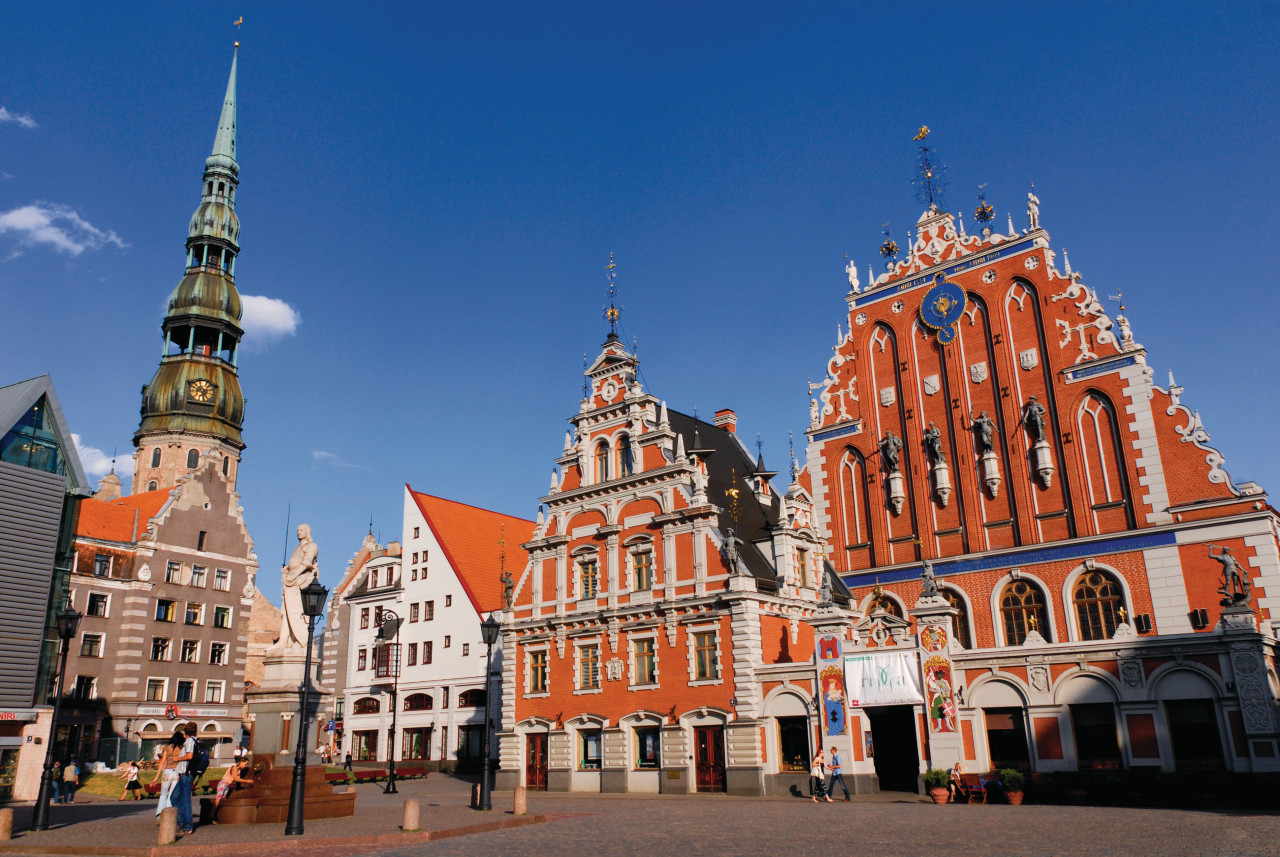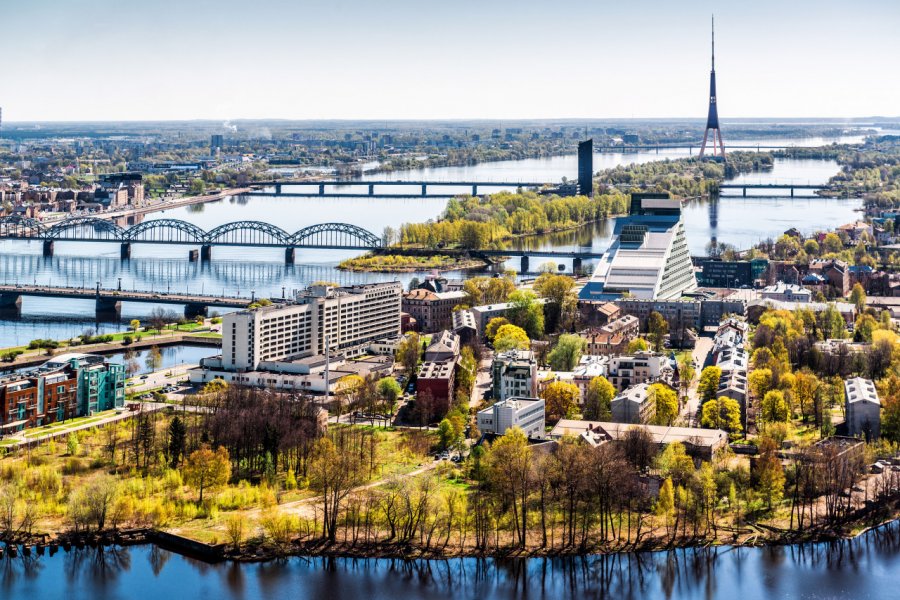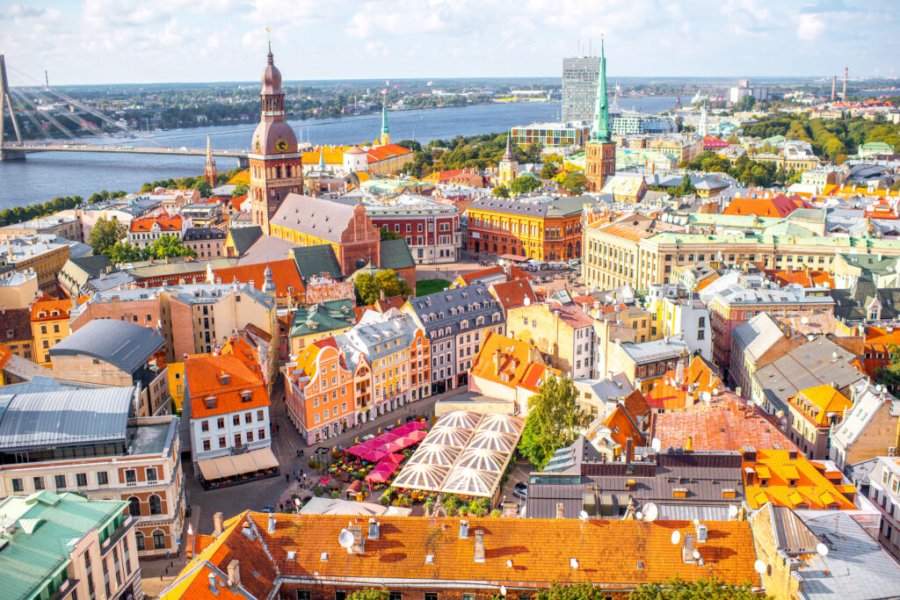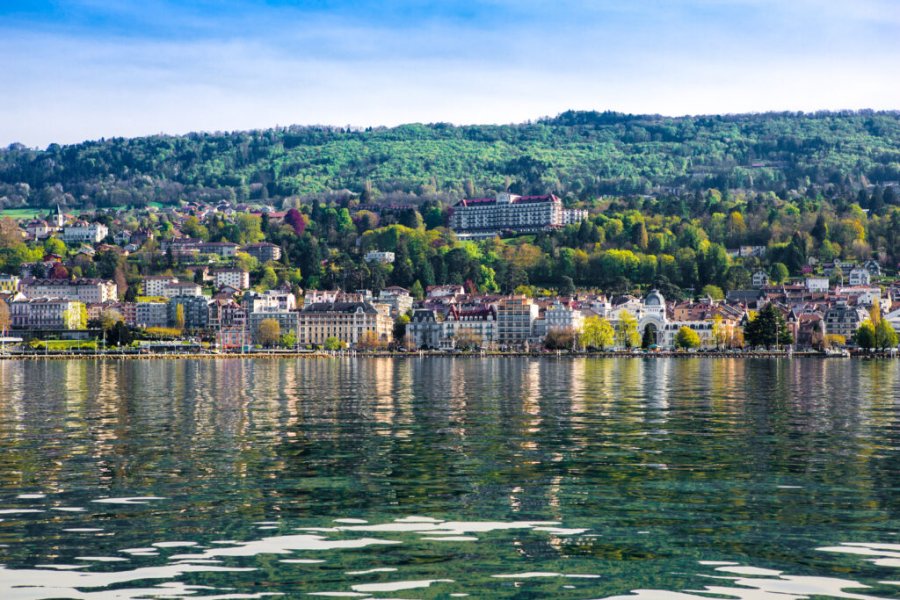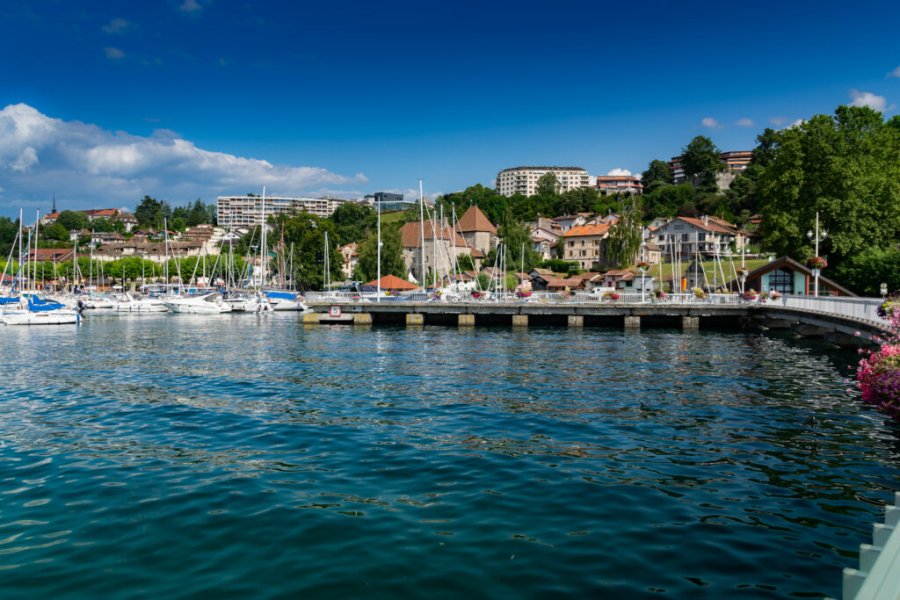Discovery of Latvia
Highlights of the trip
During your stay you can enjoy the following highlights: Culture / Heritage.
Best times to go
The best time(s) to go is/are : Printemps, Eté, Hiver.
Petit Futé
Where to stay in : Rīga ?
The map of your stay "Discovery of Latvia"
Detail of the stay : Discovery of Latvia
How to get there - Rīga
Visit of the old town of Rīga
Steps: Rīga
Early in the morning, start by visiting the halls of the covered market, the largest in Europe. These are old zeppelin hangars. Enter the old city through the Old Port Gate, which reminds us that the goods of Asian caravans arrived as far as Riga. Then go up to the bell tower of St. Peter's Church to admire the view of the city. Then take rue Skarnu to reach the Place du Dôme, the centre of the old town, where the Dôme (not to say the Protestant cathedral) is located, home to one of the most beautiful organs in Europe. Stroll through the maze of streets that make up the historic centre of Riga and discover the many historic buildings of Old Riga. Bordering the old town, along Basteja Boulevard is the Opera House. Not far away, in Brivibas Street, the city's main artery, stands the Freedom Monument.
Places of interest : ÉGLISE SAINT-PIERRE (SV. PĒTERA BAZNĪCA) MONUMENT DE LA LIBERTÉ (BRĪVĪBAS PIEMINEKLIS)
New City and Art Nouveau

Riga is known to be the European city with the highest number of architectural masterpieces in the Art Nouveau style. These buildings were built at the beginning of the century, when Riga was one of the richest European cities. In twenty years, about 700 Art Nouveau style houses have been built in the centre of Riga and it must be said that competition among architects is fierce. Every homeowner wants to convey a message through the symbolism he chooses to decorate the facade of his house. The symbols most often used are animals (for example, the peacock represents wealth), mythological characters, nymphs, Greek sculptures, many flowers. It is this legibility of the façades that allows Riga to distinguish itself from other cities with Art Nouveau style buildings. Probably some of the most famous and impressive Art Nouveau buildings are located on Alberta Street, which owes its entirety, except for No. 12, to Eisenstein, the father of the famous filmmaker (whose most famous film is The Battleship Potiomkin). But above all, don't miss the famous buildings in Smilsu, Skunu, Valnu, Valdemara, Caka, Ausekla, Brivibas, Miera, Avotu streets...
In the evening, take the time to enjoy a cocktail while admiring the sunset and the panoramic view of Riga from the 26th floor of the Hotel Latvia (Sky Bar).
Small town of Kuldīga

Steps: Kuldīga
It is a 2-hour drive from Riga to Kuldiga, which is located in the heart of the Kurzeme region (Curonian Spit). On the way, take a break in Kandava and Sabile (the only vineyard in Latvia and the museum of contemporary outdoor art). Discover Kuldiga, this charming city along the Venta River, its delta and its historical museum which has a particular interest. You can easily spend a full day in the surroundings of Kuldiga (for example by taking a bike ride in the surroundings) and spend the night in this small town which has several very nice hotels, and then head south again.
Liepāja, seaside city

Steps: Liepāja
From Kuldiga, the P 112 road leads to Liepaja, a port city with an eventful history. You will be amazed by its Art Nouveau heritage. This city is known for its summer music festivals, but also for its bars on the old docks and beaches. The tourist information office offers very interesting routes in several languages that allow you to explore this city and discover the different periods that have left their mark. For example, the house of Peter the Great (the Russian tsar) and the house of the Swedish King. German cathedrals and the homes of wealthy merchants of different nationalities. Spend the night at the Promenade Hotel, a very chic hotel located on the docks in the old industrial building (book before you come, it is always full).
Palace of Rundāle
Steps: Rundale
Take 3 hours from Liepaja to Jelgava. The palace of Rundale was built in 1740, at the request of the Duke of Birzov, by Franscesco Bartolomeo Rastrelli, the architect to whom we owe the Winter Palace of St. Petersburg. It is undoubtedly the most beautiful palace in the Baltic region.
Cēsis, an authentic Latvian city
Yet another city with sublime architecture that deserves a visit, in a magnificent region.
